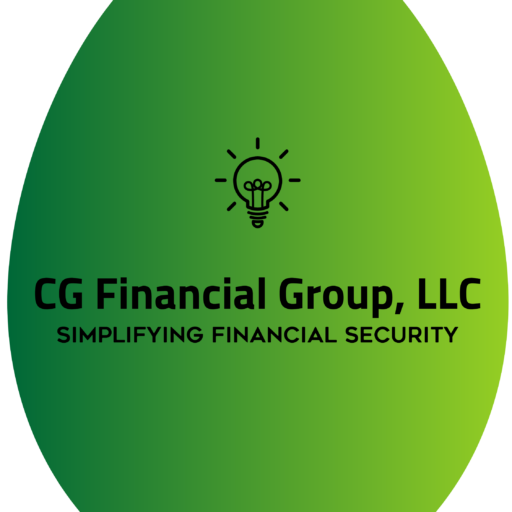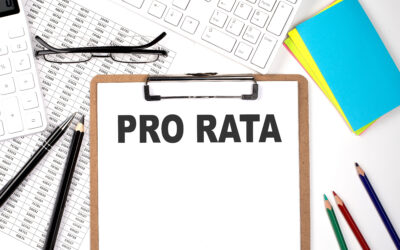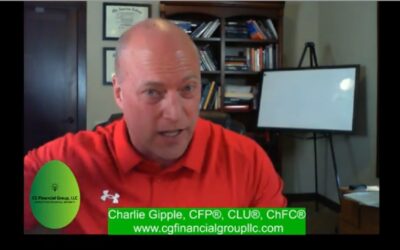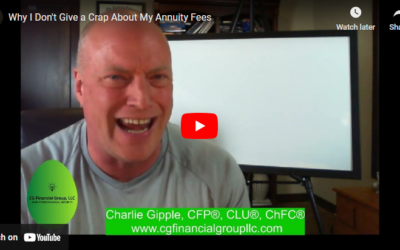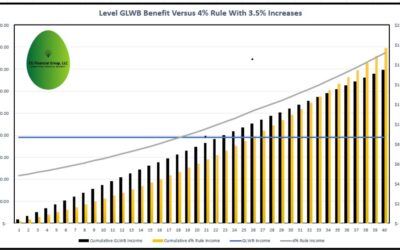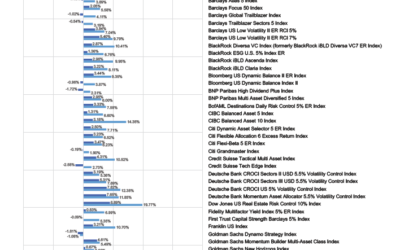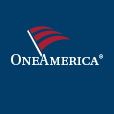First off, if you like this whitepaper, feel free to register for our “Agent Portal” that has a couple hundred videos, whitepapers, and articles on all things annuities, life, and LTC. We are one of the fastest growing IMOs in the industry because of our quality education and sales ideas.
“How is it possible to get some of the upside in a market but none of the downside?” “No fees, just a cap?” “Seems too good to be true.” “Why are caps related to interest rates, versus the stock market?” “How do carriers do this?” “If the market goes up 15% and my indexed annuity is capped at 10%, you mean to tell me that the insurance company kept a whopping 5% of my growth???”
The above are just a few of the questions that you – the financial professional – will get if you do indexed annuity or indexed life business for any period of time. And for many financial professionals, this may be a “deer in the headlights” moment. I want to help you avoid that. Thus, the purpose of this whitepaper!!!
To get instant access to this unique whitepaper, give us your email address below to be added to our email list.
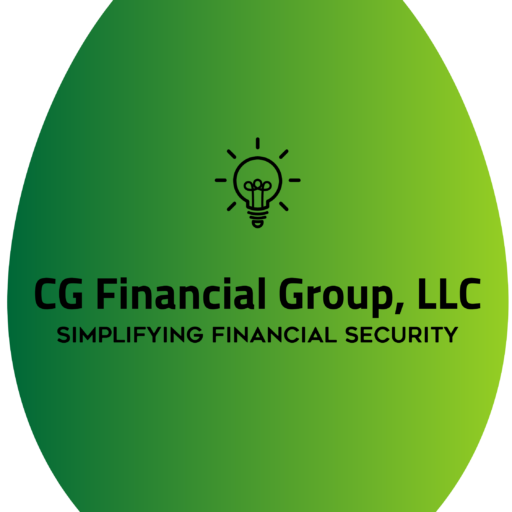
For The Rest Of The Whitepaper.
Add yourself to our weekly email list and you will see why CG Financial Group is one of the fastest growing annuity, life, and LTC IMOs in the industry!
"How The Watch Is Built" Article will appear after you complete the form.
By giving us your information below, you are attesting that you are a financial professional and also consenting to receiving ongoing emails with similar content.

